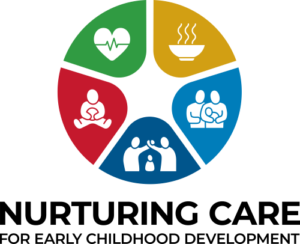Responsive caregiving during COVID-19
This short animated video, the third in a series focusing on self-care interventions during COVID-19, includes tips on how caregivers/parents can relieve some of their own stress from COVID-19 and use every day activities to continue emotionally connected, attentive and responsive to their child’s needs. The video is based WHO guidance on early childhood development and responsive caregiving. This video was produced by PMNCH, UNICEF, and WHO and created by Studio Eeksaurus with support from Medical Aid Films. It is available in all six UN languages.Read More →




